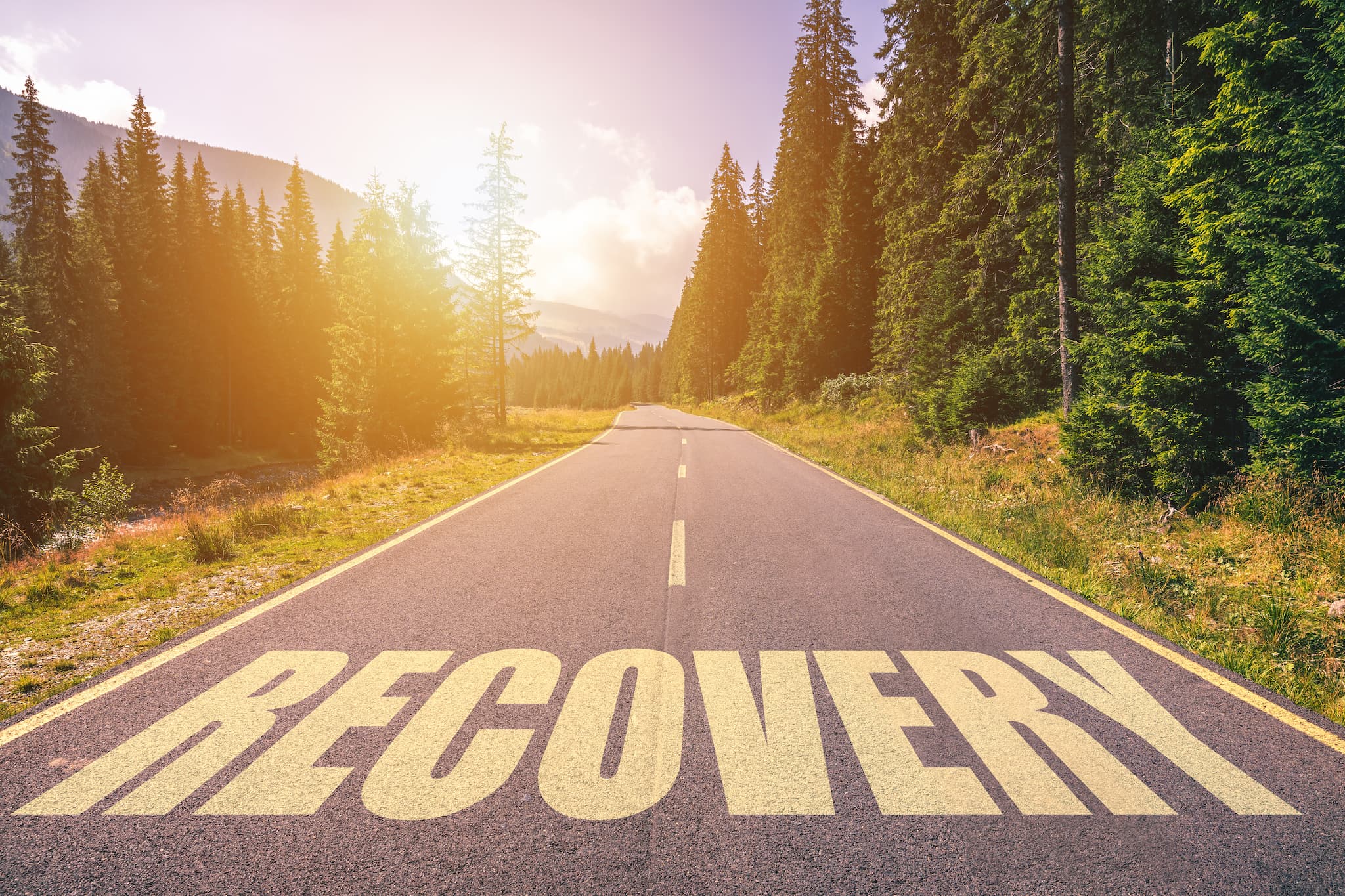
The COVID-19 pandemic created unprecedented challenges for individuals in addiction recovery. Increased isolation, stress, and limited access to in-person treatment made it difficult for many to maintain sobriety.
At The Raleigh House, our team understands these challenges and offers supportive, comprehensive treatment options to help individuals rebuild their recovery journey.
Contact our admissions team or continue reading to learn more about how The Raleigh House can support your recovery.
When Epidemics Collide
The coronavirus pandemic has overshadowed nearly every other health crisis, but its impact extends far beyond the virus. As the world shut down, another silent epidemic was worsening—mental health struggles and substance use disorders.
Isolation became a major trigger for both new and existing mental health conditions. With social support networks disrupted, many people faced increased anxiety, depression, and stress without access to their usual coping mechanisms. Individuals who had never struggled with substance use before turned to alcohol or drugs to manage emotional distress, while those already in recovery faced heightened relapse risks.
Families, too, felt the weight of the pandemic. Financial hardships, job losses, and constant uncertainty created a high-stress environment, fueling conflicts and emotional strain at home. For some, this meant increased substance use to cope with overwhelming pressures, while others found themselves struggling to support loved ones battling addiction.
The pandemic didn’t just highlight pre-existing mental health and addiction challenges—it intensified them. As people navigated fear, grief, and isolation, the need for comprehensive mental health and addiction treatment became more urgent than ever. Recovery is possible, but it requires addressing both the mental and emotional toll of the past few years while providing the right tools for lasting healing.
The Impact of COVID-19 on Addiction Recovery
Before the pandemic, addiction recovery heavily relied on face-to-face interactions through therapy, support groups, and structured treatment programs. However, COVID-19 disrupted these essential services, forcing many treatment centers to close or limit in-person sessions.
This isolation and disruption led to increased substance use and a surge in overdose deaths nationwide.
- Rising Overdose Rates: Preliminary data from the CDC revealed a 28.8% increase in overdose fatalities nationwide for the 12-month period ending in September 2020.
- State-Specific Increases: Nevada saw a 9.4% increase in overdose deaths, with Washoe County reporting its highest number of drug-related ER visits in July 2020.
- Mental Health Struggles: The CDC revealed that Nevada ranks second highest in the U.S. for reported symptoms of anxiety and depression, intensifying the struggle for those with substance use disorders.
Barriers to Treatment During the Pandemic
Several factors made it difficult for individuals to access addiction treatment during COVID-19:
- Closure of Treatment Centers: Social distancing measures led to closures or reduced capacity in rehab facilities.
- Restricted Access to Medications: Federally approved medications like methadone and buprenorphine became more challenging to access due to strict regulations and disrupted supply chains.
- Isolation and Relapse: The loss of support networks and face-to-face interactions increased the risk of relapse.
Adapting to New Treatment Options
Despite these challenges, there were positive shifts in addiction treatment accessibility:
- Expansion of Telemedicine: Treatment centers adapted by offering virtual therapy sessions, improving access to care and reducing stigma.
- Policy Changes: Federal agencies eased restrictions on prescribing medications for opioid addiction, allowing for greater flexibility in treatment.
- Online Support Groups: Programs like Alcoholics Anonymous transitioned to virtual meetings, providing crucial peer support.
Getting Back on Track After a Relapse
Relapse during the pandemic has been common, but it doesn’t mean starting over. Here are steps to rebuild your recovery:
- Acknowledge the Setback: Recognizing a relapse is the first step toward reclaiming sobriety.
- Re-engage in Treatment: Return to outpatient therapy, group counseling, or residential treatment to strengthen your recovery foundation.
- Attend Support Meetings: Participate in virtual or in-person support groups to rebuild your network.
- Eliminate Triggers: Identify and remove people, places, or habits that contribute to substance use.
- Develop New Hobbies: Fill your free time with positive activities like exercise, art, or volunteering to prevent idle moments that can lead to cravings.
Experience Compassionate Addiction Treatment in Colorado
At The Raleigh House, we provide evidence-based, experiential therapies tailored to each client’s unique needs. Whether you are continuing your recovery or returning after a relapse, we offer compassionate care in safe, supportive environments.
We offer two distinct locations designed to support lasting recovery:
- The Ranch at The Raleigh House: Located in the serene Colorado countryside, The Ranch provides holistic therapies, nutritional support, and personalized care in a peaceful setting.
- The Center for Integrative Behavioral Health: Located in the Denver Tech Center, our newest facility offers the same clinical excellence and unique healing experiences for trauma, mental health, and addiction. It’s also an excellent setting for those individuals needing physical accessibility support in a beautiful and nurturing environment.
Your path to recovery begins here. Call our team today at 720.891.4657 or contact our admissions team online to learn how The Raleigh House can help you or your loved one reclaim a healthy, sober life.
Related Articles
COVID-19 and Addiction: Getting Back on Track after the Pandemic
How to Stay Connected in Addiction Recovery During Social Distancing
Addiction Treatment Program Infographic
The Threat of Social Distancing: How Isolation Affects Recovery
